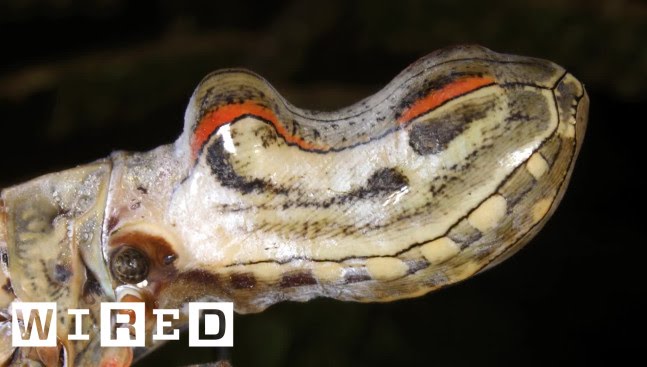Can We Fight Climate Change by Changing the Color of Our Roads?
Summary
The color of our roads plays a significant role in the amount of heat that gets generated and released into the atmosphere. While light-colored rooftops can help reduce the urban heat island effect and promote energy efficiency, changing the color of roads comes with bigger challenges. The Federal Highway Administration calculates the number of miles of roads based on the number of lanes and doesn’t specify how wide they are. However, a researcher named Hashem Akbar has done the math and discovered that by increasing the reflectivity (albedo) of paved surfaces, we could potentially reduce carbon emissions by 8 billion tons.
Table of Contents
- The Urban Boundary and the Urban Heat Island Effect
- Light-Colored Roofs and Urban Energy Efficiency
- The Challenge of Changing the Color of Roads
- The Research of Hashem Akbar
- Conclusion
The Urban Boundary and the Urban Heat Island Effect
Q: What is the urban boundary?
A: The urban boundary is the place where the wilderness turns into the urban grid.
Q: What is the urban heat island effect?
A: The urban heat island effect is a phenomenon where urban areas experience higher temperatures than rural areas due to the absorption and retention of heat by man-made surfaces like buildings and roads.
Light-Colored Roofs and Urban Energy Efficiency
Q: How do light-colored roofs promote energy efficiency?
A: Light-colored roofs are more reflective, which means that they require less energy to cool building interiors. This reduces the urban heat island effect and lowers the amount of heat released into the atmosphere.
Q: Is it possible to force building owners to change the color of their rooftops?
A: Local governments have the authority to require building owners to change their rooftop colors, but it can be challenging to enforce.
The Challenge of Changing the Color of Roads
Q: How can we increase the reflectivity of roads?
A: We can increase the reflectivity of roads by changing their color from black to white. However, this presents a logistical challenge because there are approximately 4 million miles of roads in the US, and the Federal Highway Administration calculates the number of miles based on the number of lanes without specifying the width.
Q: What other colors can roads be besides black or white?
A: Some roads are colored brown or gray, and the technology exists to color them any shade.
The Research of Hashem Akbar
Q: Who is Hashem Akbar, and what did he discover?
A: Hashem Akbar is a researcher who has studied the urban heat island effect. He discovered that the total albedo of all paved surfaces in the US is 0, and with existing technology, we could increase it to 0.2. He calculated that if we increase the albedo of 35% of every urban area to 0.2, we could reduce carbon emissions by 8 billion tons.
Conclusion
In conclusion, changing the color of our roads from black to white could potentially reduce carbon emissions by billions of tons. While it may be challenging to enforce, local governments have the authority to require building owners to change the color of their rooftops. The research of Hashem Akbar indicates that increasing the reflectivity of paved surfaces by using existing technology could significantly reduce carbon emissions and fight climate change.






